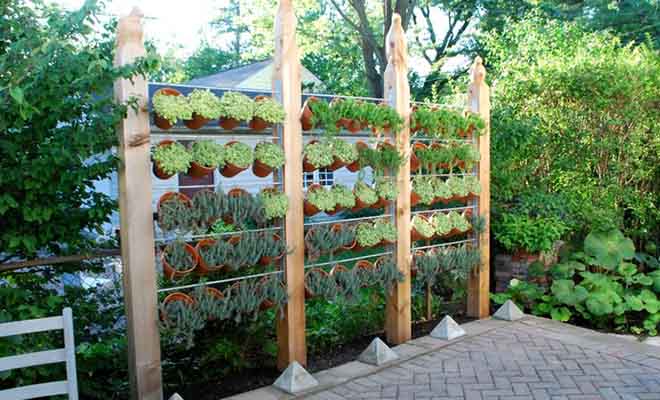Introduction
A fence garden combines the beauty of gardening with the practicality of fencing. It serves multiple purposes such as defining garden boundaries, providing privacy, enhancing security, and adding aesthetic appeal. Whether you want to grow climbing plants on a wooden fence or create a decorative barrier with wrought iron, a fence garden offers versatile options for every gardener.
This article explores the best fence garden ideas, materials, and maintenance tips. You’ll learn how to select the right fence type, incorporate plants for visual interest, and improve your garden’s overall appeal while meeting practical needs.
Why Choose a Fence Garden?
A fence garden is more than just a boundary marker. Here are some key benefits:
- Privacy and Security: Fences deter unwanted visitors and define property lines clearly.
- Support for Plants: Vertical spaces on fences are perfect for climbing vines, vegetables, and flowers.
- Aesthetic Enhancement: Combining fencing and plants creates a natural, attractive backdrop.
- Windbreak and Microclimate: Fences can protect delicate plants by reducing wind exposure.
By integrating plants with fencing, you create a living, dynamic garden that evolves over time.
Popular Fence Types for Garden Use
Choosing the right fence material is crucial for durability and style.
Wooden Fences
- Classic and versatile, wooden fences blend well with most garden styles.
- Ideal for supporting climbing plants like roses, clematis, or ivy.
- Requires regular maintenance such as staining or sealing to prevent rot.
Metal Fences
- Wrought iron or aluminum fences offer a decorative look with durability.
- Their open design lets light through, benefiting shade-loving plants.
- Less maintenance compared to wood but may need rust treatment in humid areas.
Vinyl Fences
- Low-maintenance and weather-resistant.
- Available in various colors and styles.
- Not ideal for heavy climbing plants due to potential damage.
Living Fences
- Made from hedges or dense shrubs, offering natural privacy.
- Require pruning and care but add biodiversity to your garden.
Incorporating Plants into Your Fence Garden
Creating a fence garden involves selecting plants that thrive vertically and complement your fence type.
Climbing Plants
- Clematis: Offers vibrant flowers and grows well on wood or metal.
- Wisteria: Provides fragrant blooms but needs strong support.
- Honeysuckle: Attracts pollinators and adds color.
- Vegetables: Pole beans, peas, and cucumbers can grow vertically, saving space.
Training and Support
- Use trellises, wires, or netting attached to the fence for easier plant training.
- Regular pruning encourages healthy growth and prevents overcrowding.
Seasonal Interest
- Mix evergreen climbers with deciduous ones to maintain visual appeal year-round.
Maintenance Tips for a Healthy Fence Garden
Proper care ensures your fence garden remains attractive and functional.
- Inspect the fence regularly for damage or wear and repair promptly.
- Water climbing plants adequately, especially during dry spells.
- Fertilize plants seasonally to promote growth and flowering.
- Prune to control size and shape, preventing damage to the fence.
- Monitor for pests and diseases, treating issues early.
Real-World Examples and Expert Insights
Landscape architect Jane Thompson states, “Integrating fences with plants transforms outdoor spaces, making them more inviting and personalized.”
A study by the American Society of Landscape Architects found that gardens with vertical plantings on fences increased property appeal by up to 15%. Homeowners report enhanced privacy and reduced noise when using dense fence gardens.
Conclusion
Fence gardens blend structure and nature to create versatile outdoor spaces. By choosing the right fence type and plants, you can enhance privacy, security, and garden beauty simultaneously. Regular maintenance ensures longevity and vibrant growth. Whether you’re aiming for a decorative focal point or a functional boundary, a fence garden offers practical and aesthetic benefits.
Start planning your fence garden today to enjoy a greener, more attractive outdoor living area tomorrow.
